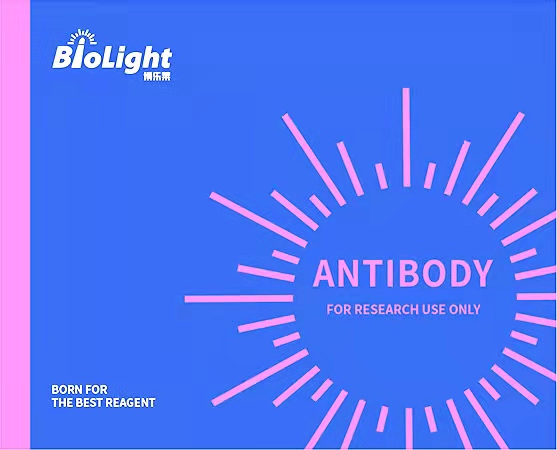
Anti-ACE2 Antibody, Rabbit Polyclonal
产品编号:PA00303HuA10
$ 询价
规格 50uL 100uL 200uL
产品名称:Anti-ACE2 Antibody, Rabbit Polyclonal
经验证的应用:/
交叉反应:/
特异性:human ACE2
免疫原:Recombinant human ACE2 protein, fragment Gln18~Thr740; UniprotKB: Q9BYF1
制备方法:Produced in rabbits immunized with human ACE2, and purified by antigen affinity chromatography.
来源:Polyclonal Rabbit IgG
纯化:Immunogen affinity purified
缓冲液:Supplied in PBS, 50% glycerol and less than 0.02% sodium azide, PH7.4
偶联物:Unconjugated
状态:Liquid
运输方式:This antibody is shipped as liquid solution at ambient temperature. Upon receipt, store it immediately at the temperature recommended.
储存条件:This antibody can be stored at 2℃-8℃ for one month without detectable loss of activity. Antibody products are stable for twelve months from date of receipt when stored at -20℃ to -80℃. Preservative-Free. Avoid repeated freeze-thaw cycles.
别称:ACEH, ACEII, ACE-II, Peptidyl-Dipeptidase A, ACE-related carboxypeptidase, Angiotensin-converting enzyme homolog, Metalloprotease MPROT15
背景信息:ACE-2. Angiotensin I Converting Enzyme (ACE-2), also called ACEH (ACE homologue), is a dimeric, zinc-dependent metalloprotease of the ACE family that also includes somatic and germinal ACE (1, 2). ACE-2 mRNA is found at high levels in heart, testis, and kidney and at lower levels in a wide variety of tissues (1, 3). ACE-2 is the SARS-CoV and SARS-CoV2 Spike protein receptor in vivo (4-6), functions catalytically as a carboxypeptidase to cleave several substrates including angiotensins I and II, and acts as a partner for B0AT1-family amino acid transporters (1, 2). Through these functions, ACE-2 has been shown to be involved in several diseases including SARS, COVID19, acute lung injury (4, 7), heart disease (8), liver and lung fibrosis (9), inflammatory lung disease (10), and cardiopulmonary disease (11). Full length ACE-2 protein includes an extracellular region composed of a single N-terminal peptidase domain and C-terminal collectrin-like domain (CLD), a transmembrane domain, and a short cytoplasmic tail (12). The N-terminal peptidase region is required for binding to SARS-CoV and SARSCoV2 spike proteins, while the CLD contains a region that promotes dimerization and association with amino acid transporters (2). The peptidase domain contains a long deep cleft that undergoes a large hinge-bending movement at substrate and inhibitor binding (12). Classical ACE inhibitors such as captopril and lisinopril do not inhibit ACE-2 activity and inhibitors of ACE-2 do not inhibit ACE activity (13).
全称:Angiotensin-converting enzyme 2 (ACE2)
说明书:待上传

